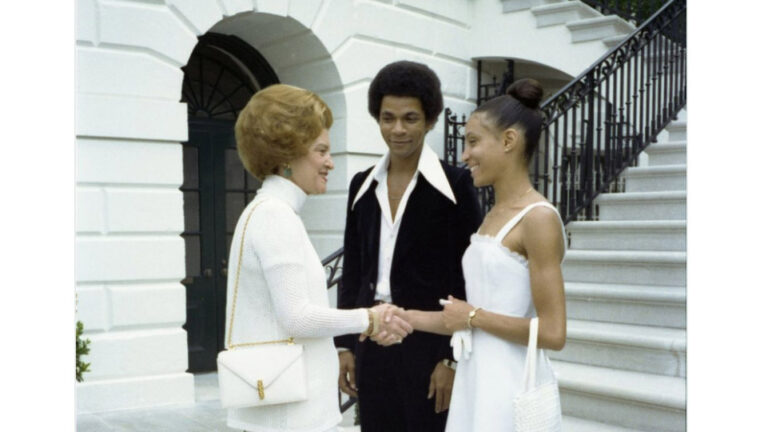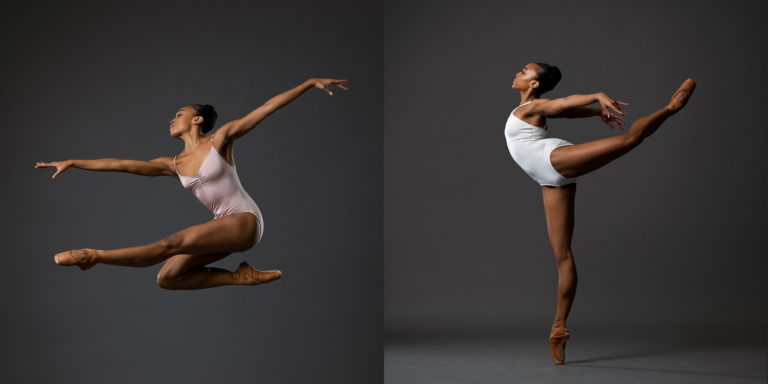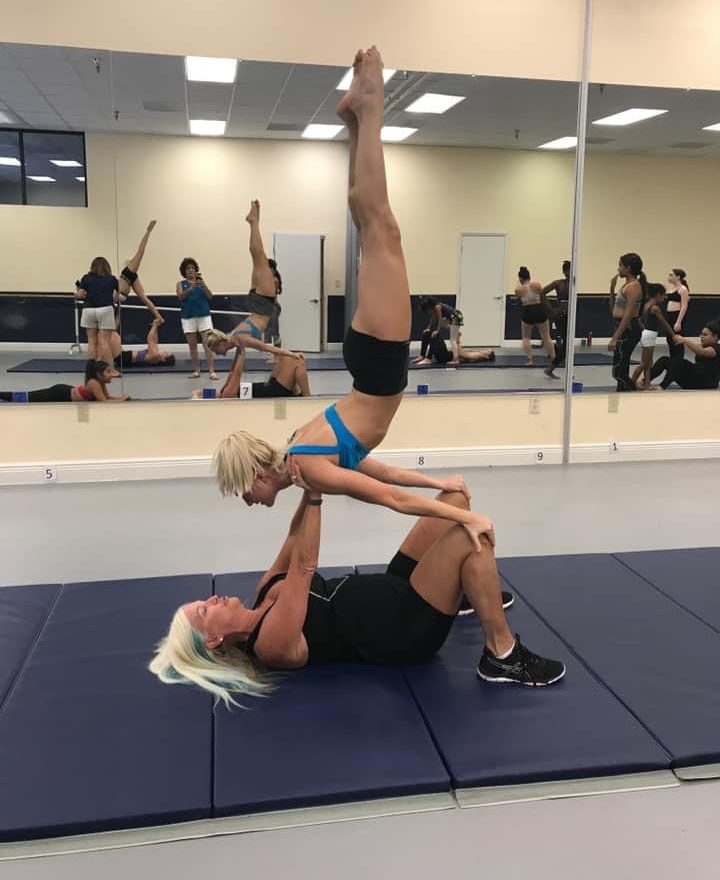
Acro is making a comeback in the dance world. Whether sparked by trends at competitions or professional dance companies with circus influences, dance teachers everywhere are recognizing the value of adding acrobatics to their curriculums.
But for Robin Dawn Ryan, owner and artistic director of Robin Dawn Academy of Performing Arts in Cape Coral, Florida, acro isn’t just some new wave she’s riding. It’s an artform that’s been at the heart of her life since her youth, and she’s got some advice for those who are new to the game.
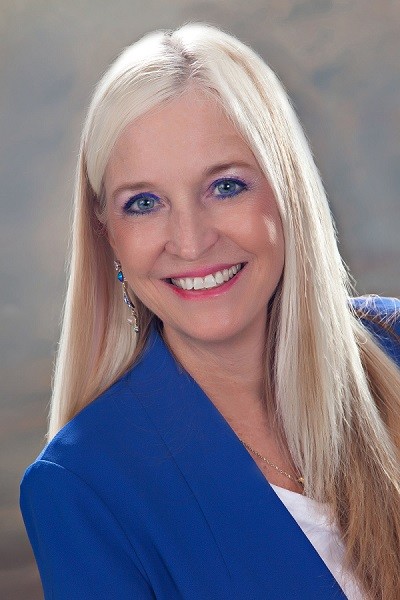
Ryan’s dance training began at Ann’s Dance Studio in Indianapolis, Indiana, where she was often caught skipping ballet classes in favor of acro. “They always knew right where I’d be,” she says. “They’d have to go get me and bring me back to class.” She trained and competed in ballet, jazz, tap, acro and gymnastics before moving to Venice, Florida, at age 14. There, she struggled to find a studio that fit her needs, leading her mother to put her in Sarasota’s Sailor Circus, a children’s circus with tumbling, aerial, trapeze and teeterboard. The decision ended up creating a full-circle moment for Ryan. “My grandfather was actually a high-wire walker, and my grandmother was a clown,” Ryan says. “It was in my blood.”
After high school, Ryan worked as a professional circus performer in Colorado and New York, doing tumbling, aerial work and trick bareback riding—a skill she unexpectedly picked up after happening on the Hanneford Circus one day. “I walked up to a man working with a big horse,” she says. “He asked me if I’d like to give it a try. I spent three hours there that night, then the next day and the next. Soon, I was a trick bareback rider in their circus.”
In 1975, Ryan decided to share her wealth of dance and acro knowledge with youth, and opened Robin Dawn Academy of Performing Arts. Ryan is a member of Dance Masters of America andDance Educators of America, and is a former ambassador for the Dance Teacher Summit. “I wanted people to know I was certified, had training and knew what I was doing,” Ryan says. “I wanted my dancers to go to an audition and say that I was their teacher, and for everyone to know that meant they were well trained.”
As acro has had its resurgence in recent years, Ryan’s been thrilled. “I’m glad to see acro making a comeback—when it’s done right, it’s beautiful,” she says. Still, she has her concerns. “I think some people are interested in acro because they think tricks will help them win competitions. That’s not entirely true, especially when done without proper technique. Just like in ballet and jazz, you can’t just throw a trick without lifting your chest and straightening your legs. It’s an artform that takes real training and respect.”
To safely develop proper technique in your dancers, you need qualified teachers, which, according to Ryan, shouldn’t be too difficult to find. “We have Google now,” she says. “Use it to find acro workshops with excellent teachers near you who might be a good fit. Do your research to make sure they are certified and safe—that’s a great start.”
Here, she shares what her acro technique class looks like, what keeps her going outside of the studio, and the tools she uses to help her succeed as an educator.
Why acro is a beneficial skill for dancers: “More and more auditions are looking to see what special skills dancers have. For example, cruise lines are all doing aerial work now, and if you have an acro background, that’s a huge plus. It’s a feather to put in your professional cap—you never know when it might make all the difference.”
Her daily energy booster: “I’m a naughty dance teacher—I’m an energy-drink drinker.”
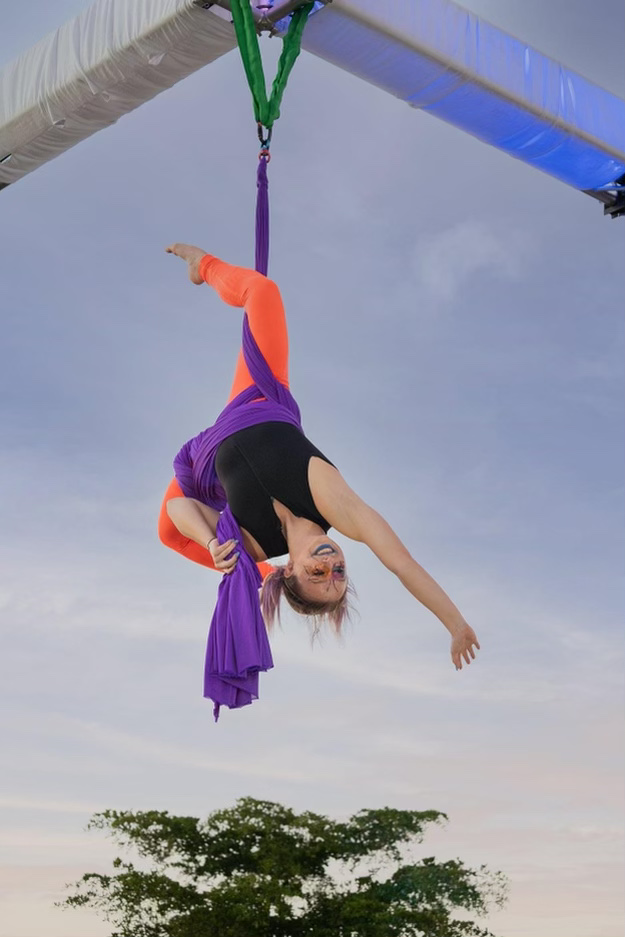
Her go-to teaching warm-up: “I do a general warm-up that includes stretch/strengthening on the floor. I warm up my wrists, back and shoulders, and do splits before doing an eight-count backbend.”
What her acro technique class looks like: “I start class with eight-count backbends. We do that for 10 minutes before we work handstands. (These are the two most important things you can learn—if you have those skills strong and are taught correctly, you’re in good shape.) From there, we do right and left cartwheels. (I have 28 kinds of cartwheels I teach, including one-handed, switch and pirouette.) These are done very structured, in a straight line, moving together. After cartwheels we do front-limbers [handstand into backbend, then stand up], pike-ups, straddle-ups and Arabians [a limber that starts from the knees]. We do front walkovers and then back walkovers. It’s an hour-long class, and we barely ever make it past these skills, but when we do, we work on acrobatic canes and practice balancing on a ball.”
Acro teaching tip: “Everything should be controlled. We do nothing fast in my acro technique classes. If they can do it slowly, they will be just fine later on when they add it to their choreography. Plus, it makes their bodies stronger.”
The food she can’t live without: “I’m a true Florida girl. I love fish!”
Must-have teaching attire: “I wear a lot of lululemon. I especially like their sports bras, T-shirts and leggings. My husband did the laundry recently and commented on how I own more leggings than anyone he knows. It’s true—it’s all I wear! I also like Fabletics clothing.”
Her favorite acro training props: “I have my dancers use balancing blocks and canes that my parents hand-make, but you can find them on Amazon. We also use yoga blocks from Target or Walmart, and I use a lot of mats and crash pads from a range of stores.”
Her ideal day off: “Going to the beach”
The nondance activity that keeps her going: “I like to ride my bicycle while listening to music. It’s freeing, and I feel normal. I ride all over the neighborhoods and nobody knows who I am or what I do. I’m just like every other person riding their bike.”
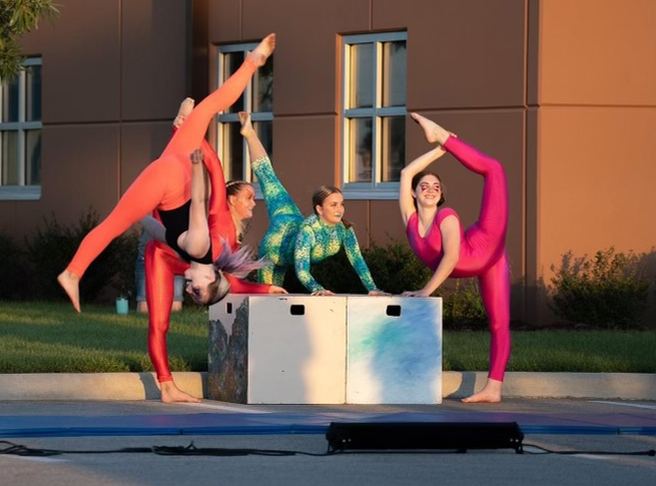
How she stays healthy: “I think Pilates training at my age is really good. I love the reformer, and I want to keep going. I want longevity. Thankfully with dance and my students, I am still very active.”
Post-teaching relaxation routine: “I don’t generally get home from teaching until 9:30 pm, and at that point I want to watch a good movie or TV show. I also like to take a shower and play Slotomania on my phone.”
Her guilty pleasure: “I love sweets, especially a brownie-bottom pie.”



